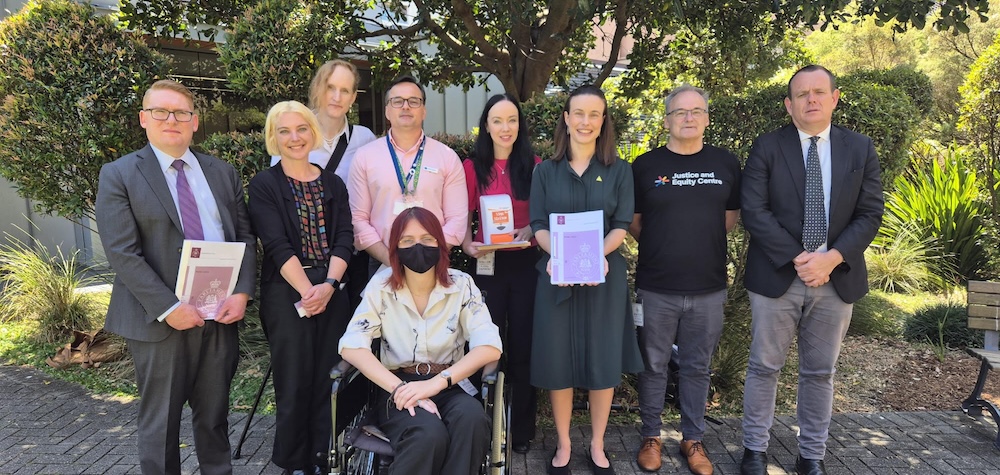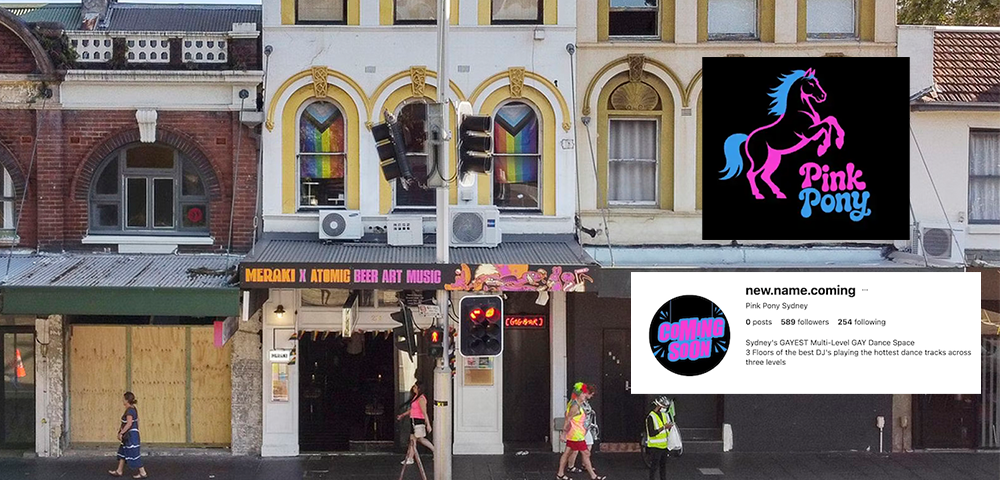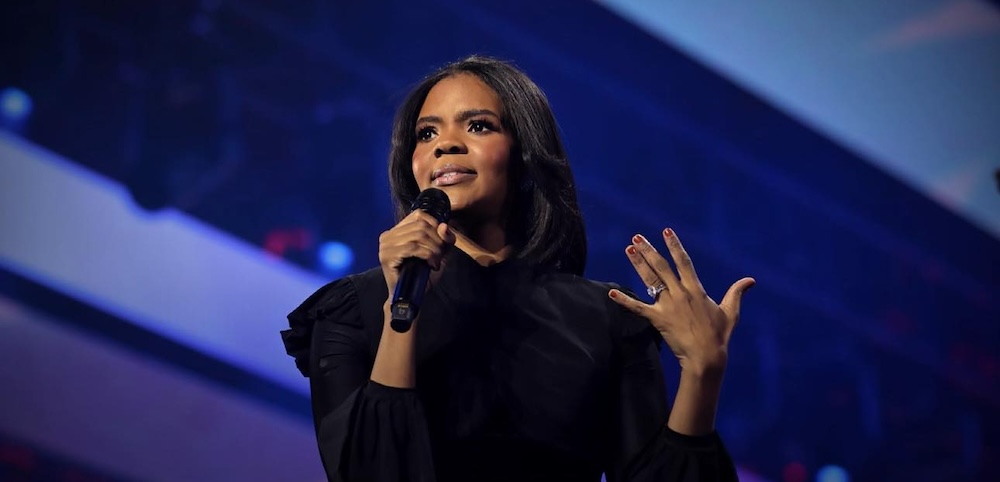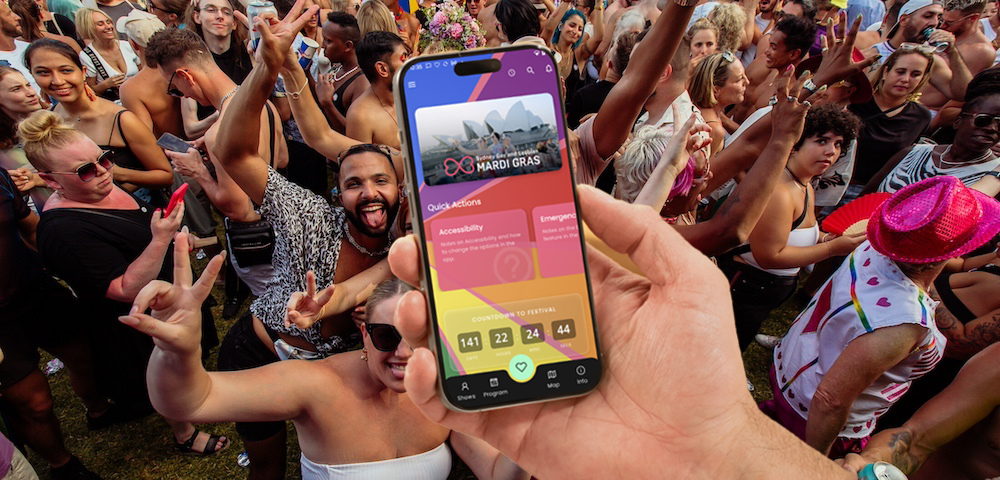
Only 32 per cent of LGBTI people are out to everyone at work: study
New research conducted in partnership with Star Observer is helping to highlight the experiences of LGBTI people at work and challenge workplaces to be more inclusive. Matthew Wade reports.
* * *
One in five lesbian, gay, and trans employees openly talk about their identity with their colleagues, and only one in ten talk about it with their customers or clients, according to a new report by Diversity Council Australia (DCA) in partnership with the Star Observer, RMIT University, Deloitte, and QBE.
The report—Out at Work: From Prejudice to Pride—explores why LGBTI people continue to hide their identities at work, and what workplaces can do to be safe and inclusive.
It was put together after surveying more than 1,600 LGBTI workers online, reviewing international and national academic and industry research, and forming think tanks with 60 LGBTI workers from a variety of organisations and sectors.
One of the key findings was that only 32 per cent of LGBTI people are out to everyone at work, and those who aren’t are twice as likely to feel down as employees who are out.
Chief Executive of DCA, Lisa Annese, says employees feel more connected and engaged when they can bring their whole selves to work.
“There’s still a lot of misunderstanding around the LGBTI community — a lot of people still don’t realise there’s diversity within the community, and a lot of people who aren’t in the LGBTI community lump everyone together as though they’re one great monolith,” she says.
“[Workplaces] need to recognise that there’s intersections within those communities, so there are different issues for women who are LGBTI than there are for men, because there’s a double bind of gender and sexual identity.
“Others may be LGBTI and living with disability or mental illness, so we can’t lump everyone together if we want to be good employers.”
When asked whether she was surprised by the findings of the report, Annese says yes and no. The most striking figure to her was that two-thirds of LGBTI people aren’t fully out in the workplace.
“It’s a really telling statistic, particularly given we know the majority of Australia voted Yes during the marriage equality campaign last year,” she says.
“It may also be interesting for people who are not LGBTI to realise that you don’t just come out once; some people have to come out every day or several times a day at work, constantly having to clarify their identity or edit themselves to hide it.”
She adds that assumed heterosexuality is most people’s default, something that needs to change, according to the report.
“You can’t take inclusion for granted at work, you have to be actively focusing on it or you will always default to your natural position,” she says.
“And if you’re not in the LGBTI community your default position will be to look at everything in a heteronormative way, and that’s not inclusive.
“I hope this report helps to contribute to the national conversation around LGBTI inclusion and also encourages allies, friends, and families to work towards change as well — too often it’s people in the community that have to change.
“Our report looks at locks and barriers for LGBTI people and focuses on how to undo those locks with some of the keys in our research.”
The Out at Work report found that employees in organisations that were highly LGBTI inclusive were at least twice as likely to work effectively, innovate, and provide excellent customer service.
Similarly, LGBTI people in organisations with strong LGBTI leadership were one and a half times as likely to be out to everyone at work, and workplaces having policies that even recognised the existence of LGBTI people strongly correlated with LGBTI people feeling comfortable at work.
Robbie Robertson from Deloitte believes the report will help to shine a light on issues many may think are fixed in the wake of marriage equality becoming a reality in Australia.
He says it will help organisations see the benchmark and determine whether they’re ahead or behind the curve.
“Workplaces should start by looking at symbols and ceremonies — highlighting annual dates like Wear it Purple or Pride Month can help to celebrate diversity within an organisation,” he says.
“I’m sitting here with a rainbow mug at the moment, and while 90 per cent of people might look at it and just see it as a rainbow mug, for the LGBTI community it’s a symbol of acceptance.”
Drawing on the findings from the report, DCA has crafted an organisational framework to create LGBTI inclusive cultures.
Robertson says future training is important to ensure leaders can identify when members of their team aren’t feeling one hundred per cent in the workplace.
“Workplaces need to know how to delicately approach that, and similarly how to celebrate diversity amongst their team members,” he says.
“I do a lot of work with graduates [at Deloitte], and the LGBTI graduates often say they do research before applying for a job to make sure it’s somewhere that will fulfill them and allow them to be their full selves.
“If you are endeavouring to be an inclusive workplace and you want to celebrate the fact you do not care what a person’s sexual orientation is, say it loud and proud.”
You can read the full Out at Work report online now by clicking here.









